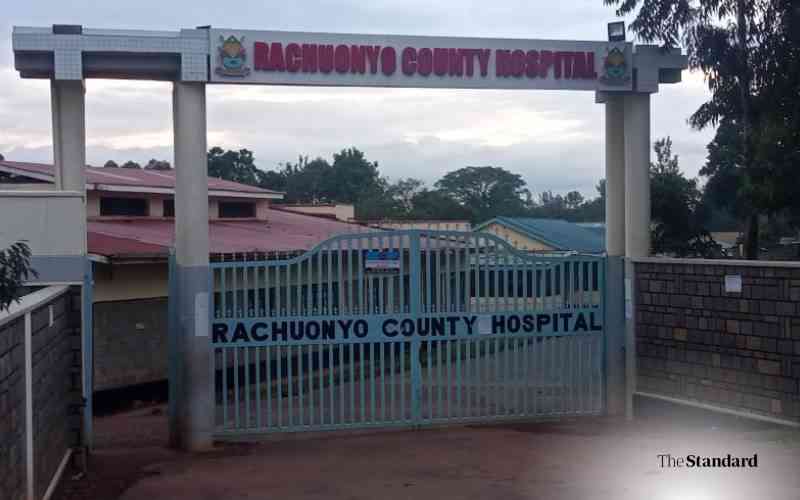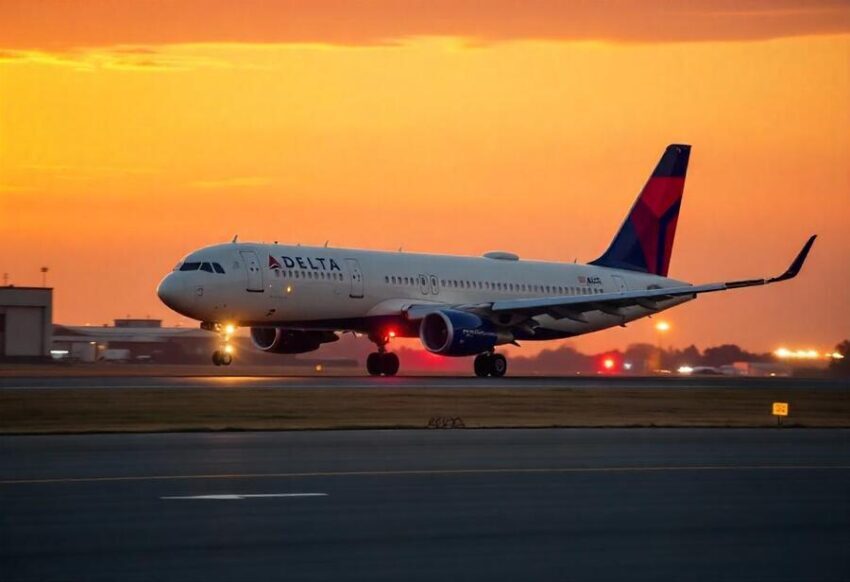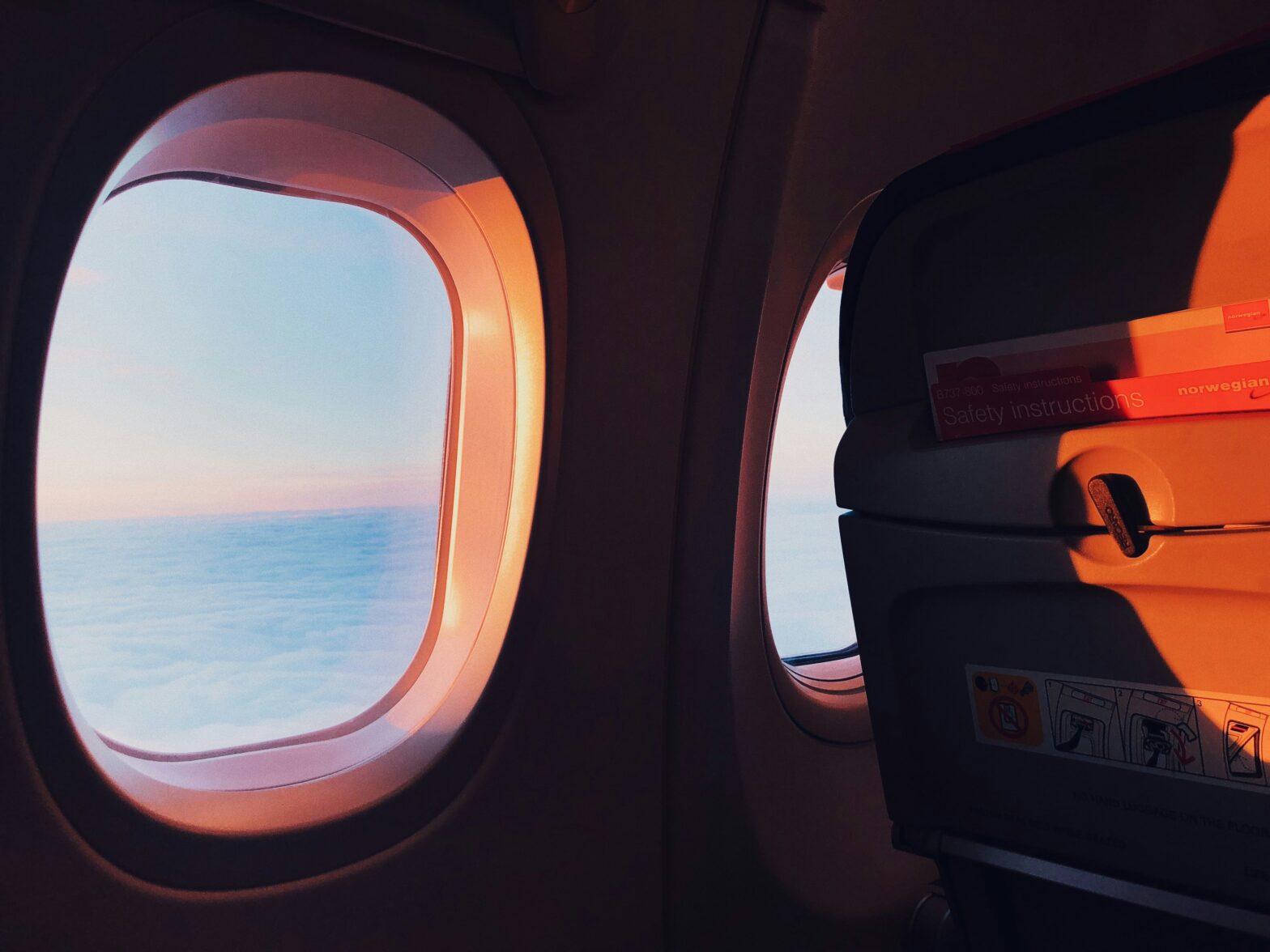Delta Air Lines Supercharges Holiday Travel with Two Magnetic Seasonal Routes from New York and Minneapolis to US Winter Destinations, Colorado and Florida, What You Need To Know - Travel And Tour World
Saturday, June 7, 2025

Delta Air Lines is about to supercharge holiday travel in a way that feels both bold and brilliantly timed. With two magnetic seasonal routes launching this winter, this US airline is connecting New York and Minneapolis to coveted US winter destinations just in time for the festive rush. But here’s what you need to know—this isn’t just a route revival. It’s a signal that Delta is going all-in on emotional, high-demand travel moments.
As snow begins to fall and holiday plans take shape, Delta’s move builds suspense and fuels urgency. From New York to Sarasota’s sun, and Minneapolis to Colorado’s slopes, these seasonal flights unlock experiences travelers crave.
Moreover, with pent-up demand and underserved routes finally getting attention, Delta isn’t waiting for competitors to catch up. They’re leading the charge. So, if you’re planning a winter escape, this move changes everything. And here’s exactly what you need to know.
The holiday travel season is getting a serious boost as Delta Air Lines unveils plans to reinstate two high-demand seasonal routes from New York (JFK) and Minneapolis (MSP). Designed to capitalize on winter wanderlust and underserved markets, these services will connect travelers to Eagle County, Colorado (EGE) and Sarasota/Bradenton, Florida (SRQ)—just in time for the busiest travel period of the year.
From December 20, 2025, through January 4, 2026, Delta will operate both routes daily, targeting families, snow lovers, and sun seekers eager to escape routine for the holidays.
This isn’t just about flights. It’s about reconnecting regions. It’s about giving travelers more freedom, more convenience, and more choice during the most emotionally driven season of the year.
Delta’s return to the Minneapolis (MSP) – Eagle County (EGE) route is more than a network update. It’s a comeback story.
This route hasn’t seen Delta aircraft since 2014. But with a growing desire for winter sports getaways and limited competition in the market, the time to re-enter is now.
Eagle County is home to Vail and Beaver Creek, two of the most luxurious and iconic ski resorts in North America. For travelers from Minnesota—who embrace snow like few others—this route offers a direct escape to the Colorado slopes without needing a Denver layover.
The numbers back it up. The route saw an average of 5 passengers daily each way (PDEW) in 2024, with round-trip fares averaging a hefty $990. Despite United Airlines dominating the market with an 87% share, and American Airlines holding the remaining 13%, Delta recorded no presence in 2023 or 2024.
But that’s about to change.
Delta’s entry reintroduces competition, offers regional jet access from MSP, and allows winter enthusiasts in the Upper Midwest to book nonstop to adventure.
Meanwhile, New York’s JFK Airport will see the return of Delta’s seasonal route to Sarasota/Bradenton (SRQ), a sunny Florida escape that last featured on the airline’s map in 2022.
This time, the timing is perfect.
With bitter Northeast winters often driving holiday travelers south, the offers beaches, art galleries, family resorts, and that warm winter breeze that makes snowbirds smile. And with currently dominating the route—holding a —travelers have had limited carrier choice.
In 2024, the route handled an impressive , with fares climbing to . JFK-origin traffic made up , proving this is a New York-driven market ripe for competition.
Delta’s return gives flyers more flexibility. More importantly, it lets loyal SkyMiles members use their benefits on a route they’ve missed for years.
Delta’s decision to bring back these routes during the holiday window is no coincidence.
The weeks between late December and early January mark one of the highest-demand periods in U.S. travel. Families reunite, couples escape, and adventure seekers chase ski trails or tropical warmth. And as travel demand bounces back post-pandemic, capacity constraints have made seasonal routes even more valuable.
These temporary services allow Delta to test market demand while meeting surge needs with , which are nimble and cost-effective. This seasonal approach avoids long-term route commitments while delivering short-term impact—especially for underserved markets
What makes these routes particularly powerful is their emotional core. Winter travel is deeply personal. Whether it’s visiting family in Florida, skiing with friends in Colorado, or simply escaping holiday chaos, these journeys carry meaning.
Delta is leaning into that emotional pull—offering options that feel less like transport and more like transformation. It’s not just about where you go—it’s about who you get to see and how easily you can get there.
Moreover, in a hyper-competitive airline market, the move positions Delta to steal market share from both United and JetBlue, offering new alternatives for travelers who crave quality service, elite rewards, and timely departures.
These routes do more than move people—they power entire economies.
In , direct flights fuel hotel bookings, ski pass sales, and high-end dining. The return of Minneapolis connectivity opens up a previously underutilized travel corridor, giving the Vail Valley access to a fresh wave of affluent Midwesterners.
Meanwhile, in , additional JFK access could drive more bookings at beachfront resorts, golf courses, and museums—all while alleviating pressure on overburdened Florida airports like Tampa and Orlando.
Both destinations stand to gain more than just passengers—they gain visibility, seasonal revenue spikes, and the long-term benefits of renewed connectivity.
Delta’s decision to reinstate these is more than a network tweak—it’s a bold play in the high-stakes arena of winter travel.
By targeting emotional destinations, reactivating dormant demand, and re-entering competitive markets, Delta positions itself as the airline that understands not just where travelers want to go—but why they want to go.
With fares rising, competition heating up, and travel sentiment at a post-pandemic high, this move isn’t just smart—it’s strategic.
Because in today’s travel landscape, the route to success is paved with timing, emotion, and unmatched accessibility. And with these two winter services, Delta is flying straight into the hearts—and holiday plans—of travelers across America.











